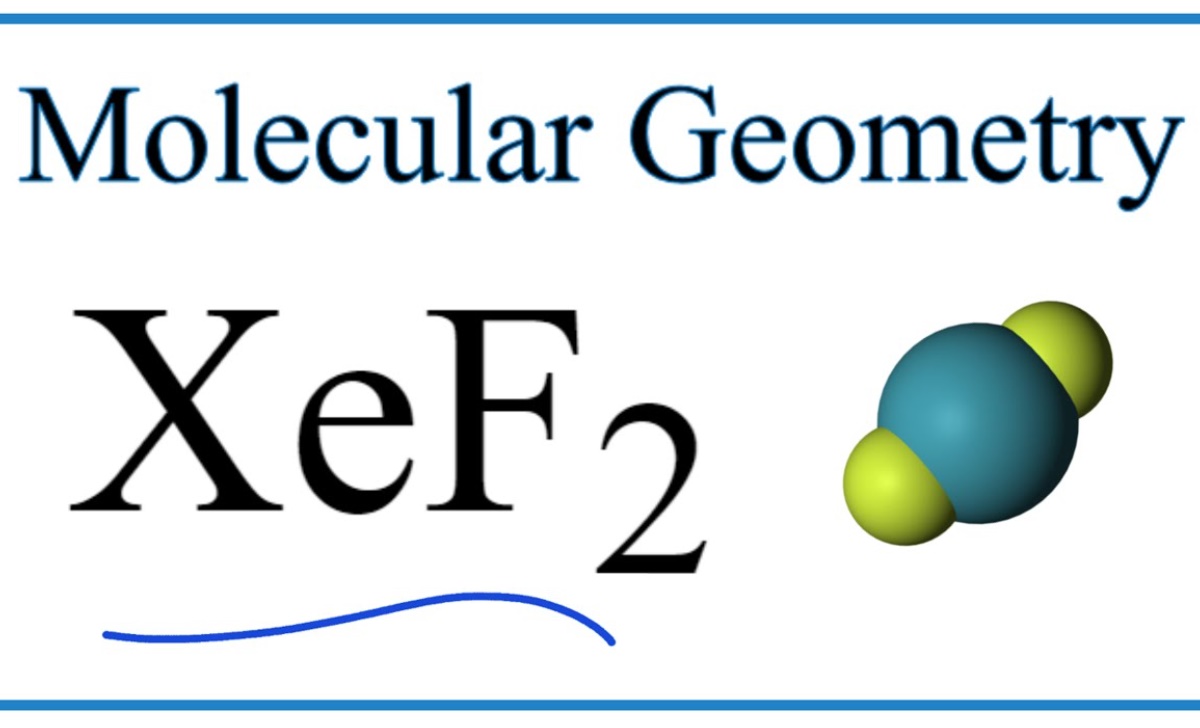
The molecule has a trigonal bipyramid even though the lone pairs are all at equatorial positions (connections perpendicular to the axis). The structure has to be linear because of the 180-degree bond angles. After sharing one electron with fluorine, it is left behind three lone pairs organized inside the equatorial plane, with two fluorines arranged perpendicular to the lone pair of electrons in the axial plane.
Chemical Adhesion of the Molecular Geometry of XeF2
When several atoms react and come together, heterogeneous and homogeneous molecules are created. Molecules are created by creating specific bonds between atoms dependent on their strengths. The foundation of a molecular complex’s internal structure, nature, and properties is its chemical bonds (both physical and chemical). Before studying this XeF2 molecular geometry with bond angles notes, you ought to be familiar with a few terms and concepts since they are crucial to understanding its XeF2 molecular geometry with bond angles.
Valence Electrons
The first aspect of chemical bonding to grasp is the idea of valence electrons. These electrons in an atom’s outermost shell, known as valence electrons, regulate the valency of the atom. When examining the periodic table, the groups will assist us in determining the valence electron number of an atomic element. For instance, since carbon is in group 4 (sometimes called group XIV), it has four electrons in the valence.
Position of Bonding
Now that we know the chemical geometry of a Xenon Difluoride molecule, the bond angle may be understood. There are two pairs with bond electrons and three lone pairs of electrons. These lone pairs are situated closer to the equator than the bond pairs. Since the bond angle of the two teams connected with the centre atom is 180 degrees, the molecular geometry of XeF2 is linear.
Hybridization
Hybridization is necessary to comprehend a particular molecule’s geometry. Hybrid orbitals are created during the creation of bonds when two or even more orbitals with different energies merge. Eight electrons comprise Xenon’s outer shell in XeF2, two of which are necessary to create bonds. In the ground state of the Xenon, eight electrons are arranged in [Kr]5s2 5p6 orbitals. In contrast, the Xe molecule becomes excited in XeF2. Xenon’s electron configuration transforms to [Kr]5s2 5p5 5d1 with two unpaired electrons. Its core atom Xe becomes sp3d hybridized as a result. As a result, the hybridization of the XeF2 molecule is sp3d.